STEM education can sometimes feel like a daunting challenge, both for kids and educators. But what if we could make it exciting, engaging, and fun? By incorporating elements of gamification, we can transform complex concepts like probability into something kids genuinely enjoy exploring. Visit https://slot-monster.com/ to see how gaming mechanics can enhance learning experiences.
Slot mechanics, often used in games and interactive activities, offer a perfect way to teach probability in a hands-on manner. They’re not just about spinning reels; they’re about understanding outcomes, patterns, and odds in a way that feels like play. This approach helps kids grasp mathematical concepts without even realising they’re learning.
When we combine gaming with STEM, we’re not just teaching skills; we’re fostering curiosity and critical thinking. Let’s dive into how slot mechanics can unlock a new world of learning for young minds, making probability something they’ll look forward to discovering.
Understanding Gamification In STEM Education
Gamification applies game elements to non-game contexts, increasing motivation and engagement. In STEM education, this method integrates challenges, rewards, and interactive activities to simplify complex concepts and sustain interest. By mimicking successful strategies from entertainment, gamification transforms passive learning into an active, enjoyable process.
We see its impact most clearly when it turns abstract ideas into tangible experiences. For instance, slot mechanics, with their focus on chance and outcomes, create practical opportunities to explore probability. This hands-on approach embeds knowledge more effectively than rote memorisation, making STEM subjects less intimidating.
Additionally, gamification caters to diverse learning styles. Visual learners grasp concepts through stimulating graphics, while kinaesthetic learners benefit from participatory activities. Its adaptability ensures that STEM education becomes approachable and inclusive for children with varying abilities.
The Basics Of Slot Mechanics
Slot mechanics, widely used in slot machines, depend on a blend of randomised outcomes and structured rules. Simplifying these elements provides an ideal way to teach probability within STEM activities, offering children an engaging method to understand mathematical concepts.
What Are Slot Mechanics?
Slot mechanics centre around three core features: random number generation, reels and symbols, and payout rules. Random number generators ensure unpredictable outcomes by constantly cycling through numbers, mapping each result to a specific symbol on the reels. These symbols align based on random stoppages, creating diverse outcomes. Payout rules assign values to specific combinations, defining when and how rewards occur.
How Slot Elements Engage Players
Slot elements fuse randomness with carefully designed visuals and rewards. Reels display colourful symbols to maintain attention, while the unpredictability of results builds excitement. Small victories, even without major rewards, enhance engagement by ensuring continued interest. This sustained interaction highlights patterns, allowing children to intuitively grasp probability concepts over time.
Teaching Probability Through Slot Mechanics
Slot mechanics offer dynamic methods to teach children probability through interactive gameplay. By blending mathematical precision with engaging visuals, these mechanics make abstract concepts tangible.
Understanding Probability Concepts
Probability explains how likely an event is to occur, and slot mechanics operate precisely on these principles. Each reel in a slot machine contributes to the total number of possible outcomes. A simple machine with three reels and six symbols per reel produces 216 possible combinations. The likelihood of any one specific combination, like matching three identical symbols, is determined by dividing the number of successful outcomes by the total outcomes. This straightforward calculation introduces probability in an engaging and logical way, helping children grasp both concepts and their practical application.
Applying Slot Mechanics To Real-World Examples
By adapting slot mechanics, we can simulate real-world problems and probability scenarios. For example, using a simplified slot model with tokens can demonstrate uneven probabilities by altering symbol distributions. Introducing variations, such as weighted outcomes where some symbols appear more frequently, teaches kids about real-world odds found in contexts like sports statistics or behavioural predictions. These practical exercises connect theoretical probability to everyday situations, fostering curiosity and critical thinking in young learners.
Benefits Of Gamifying STEM Learning
Enhancing Engagement
Gamification transforms STEM subjects into interactive experiences by presenting challenges, quests, and rewards. Incorporating slot mechanics links learning with play, making abstract principles like probability more accessible. Students become active participants, motivated to explore concepts through immersive activities.
Improving Retention Of Concepts
Slot mechanics-based gamification establishes repetitive yet enjoyable learning loops. These loops reinforce understanding of STEM concepts, aiding memory retention. By visualising outcomes, probabilities, and results repeatedly during gameplay, children internalise complex principles without rote learning.
Encouraging Hands-On Exploration
Gamified STEM education activates curiosity through experimentation. Slot mechanics allow children to test probabilities, observe patterns, and understand chance by engaging directly with the process. This practical exposure strengthens interest and builds a deeper appreciation for STEM fields.
Potential Challenges And Considerations
Gamifying STEM concepts with slot mechanics introduces challenges that demand careful planning. Striking the right balance between learning objectives and engaging gameplay requires innovative approaches.
Balancing Education And Entertainment
Combining educational goals with interactive gameplay involves more than just adding teaching elements to games. It’s crucial that children experience learning seamlessly integrated with entertainment. Slot mechanics, when designed thoughtfully, can achieve this by embedding probability concepts directly into game actions, like outcomes or simulated spins. If the game feels like an educational tool, engagement may decline.
Close collaboration between educators and designers ensures game content aligns with learning objectives. Each mechanic in the game, such as combinations or symbol probabilities, must enhance understanding while maintaining interest. Using interactive challenges and immediate feedback sustains participation without overshadowing the lesson.
Avoiding Over-Simplification
While simplifying concepts in gamified learning helps children engage easily, oversimplifying risks diluting educational value. Core probability principles, such as outcomes and chance distribution, must remain intact. For example, randomly generated slot outcomes effectively explain abstract probabilities within visual, accessible contexts, even for young learners.
By keeping mechanics transparent, children can link gameplay to mathematical rules. Thoughtful explanations of probabilities behind spins or patterns help learners deepen comprehension rather than view results as purely random. Games that embrace meaningful complexity without intimidating players ensure long-term curiosity and drive further exploration in STEM.
Conclusion
Gamifying STEM through slot mechanics offers a powerful way to make probability accessible and exciting for children. By blending education with play, we can inspire curiosity, encourage critical thinking, and transform abstract concepts into meaningful experiences.
This approach not only simplifies complex ideas but also creates an inclusive and engaging learning environment. With thoughtful design and collaboration, we can ensure gamified STEM activities remain both educational and enjoyable, paving the way for a new generation of confident, STEM-literate learners.
Bài liên quan

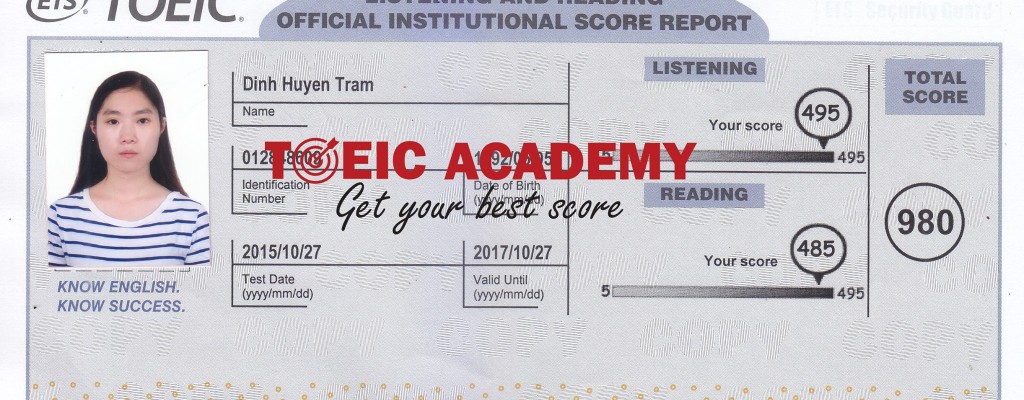
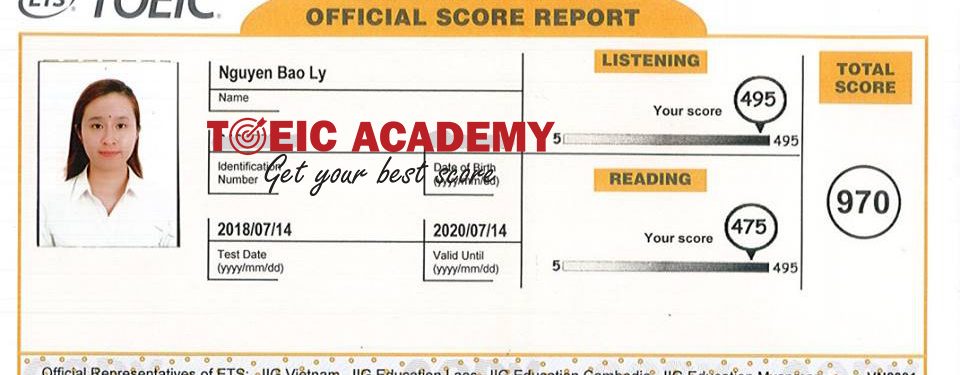

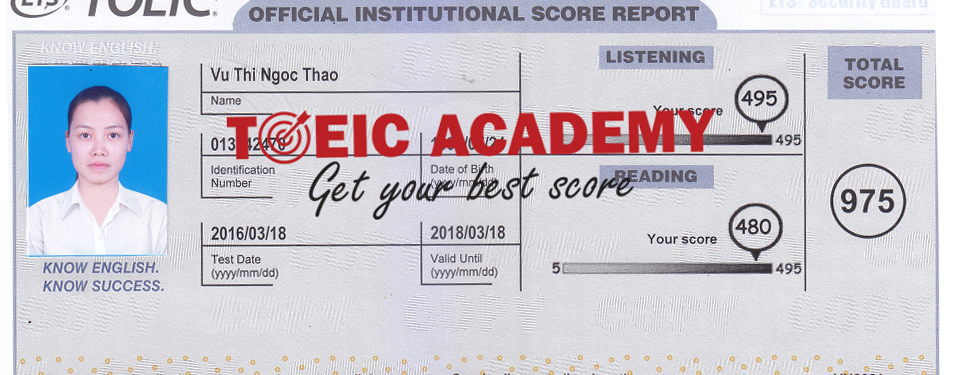
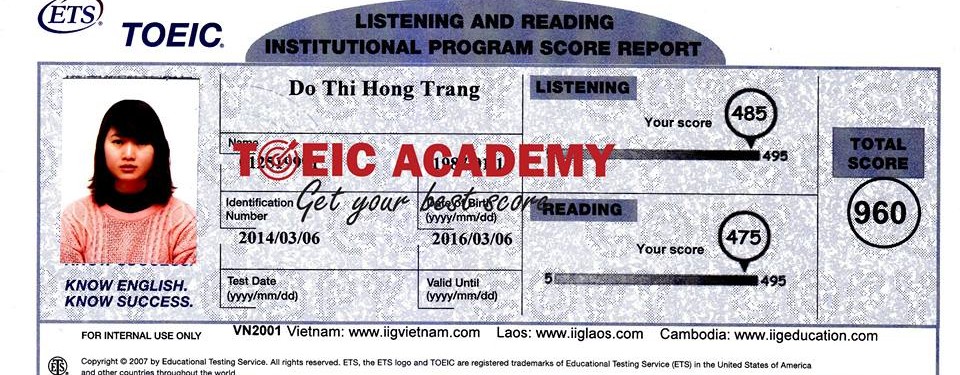
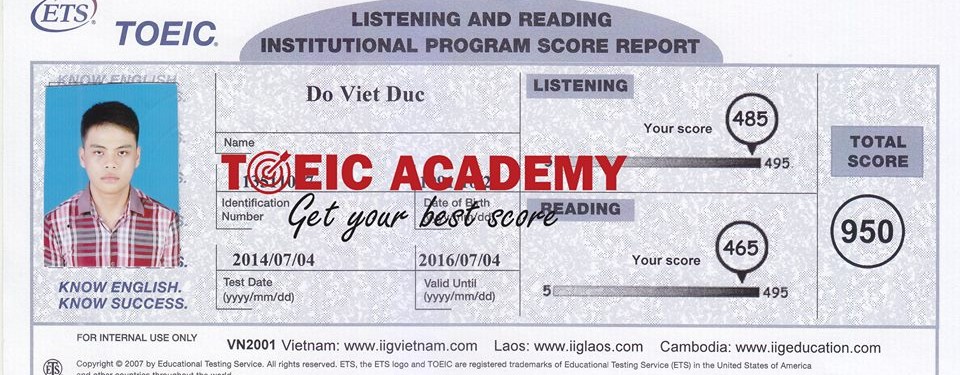
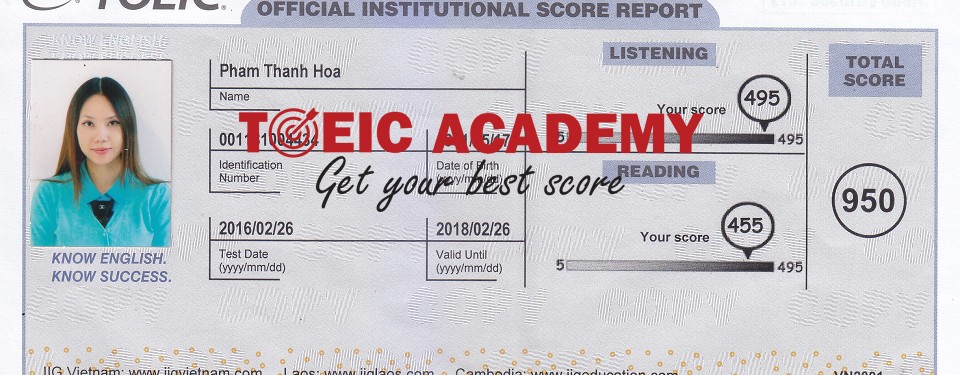
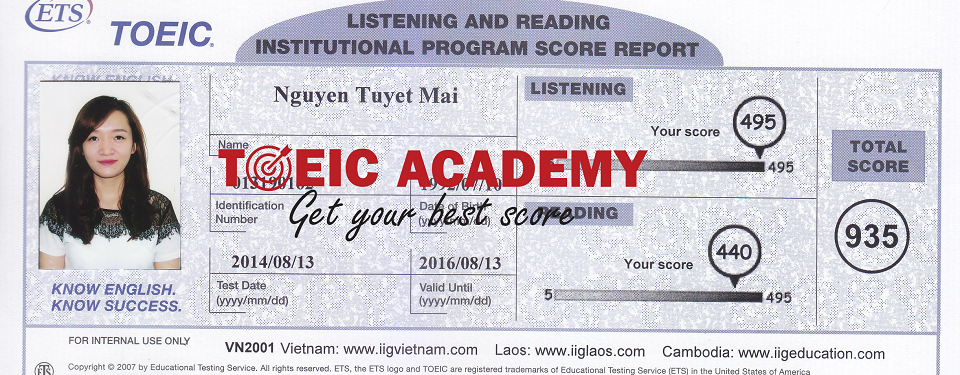
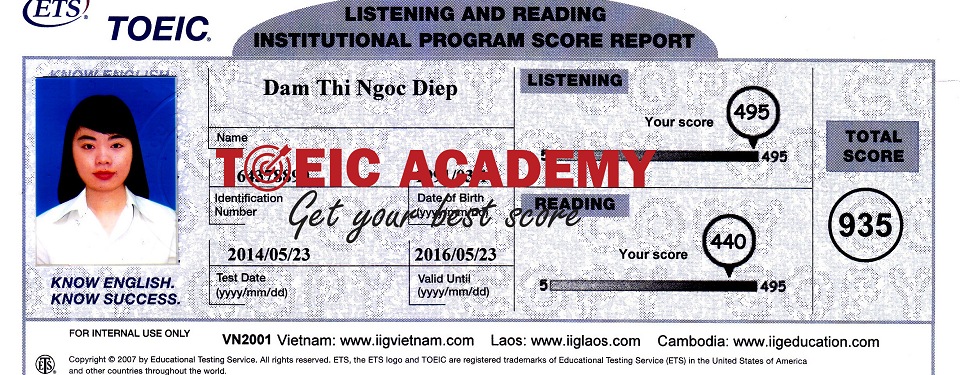
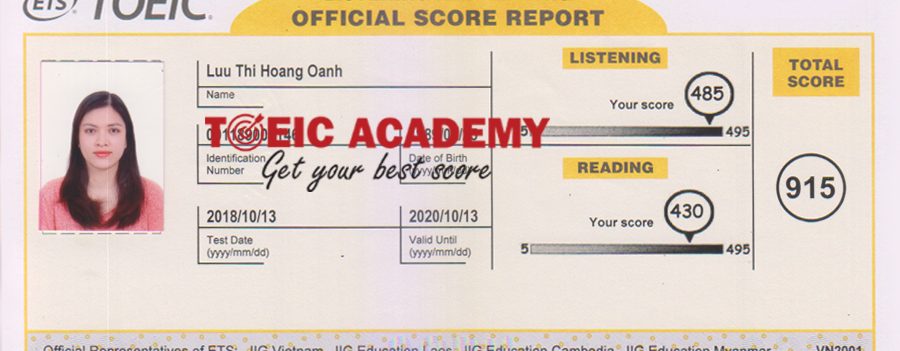























 Tháng Hai 6th, 2025
Tháng Hai 6th, 2025  Vui Nguyễn
Vui Nguyễn 


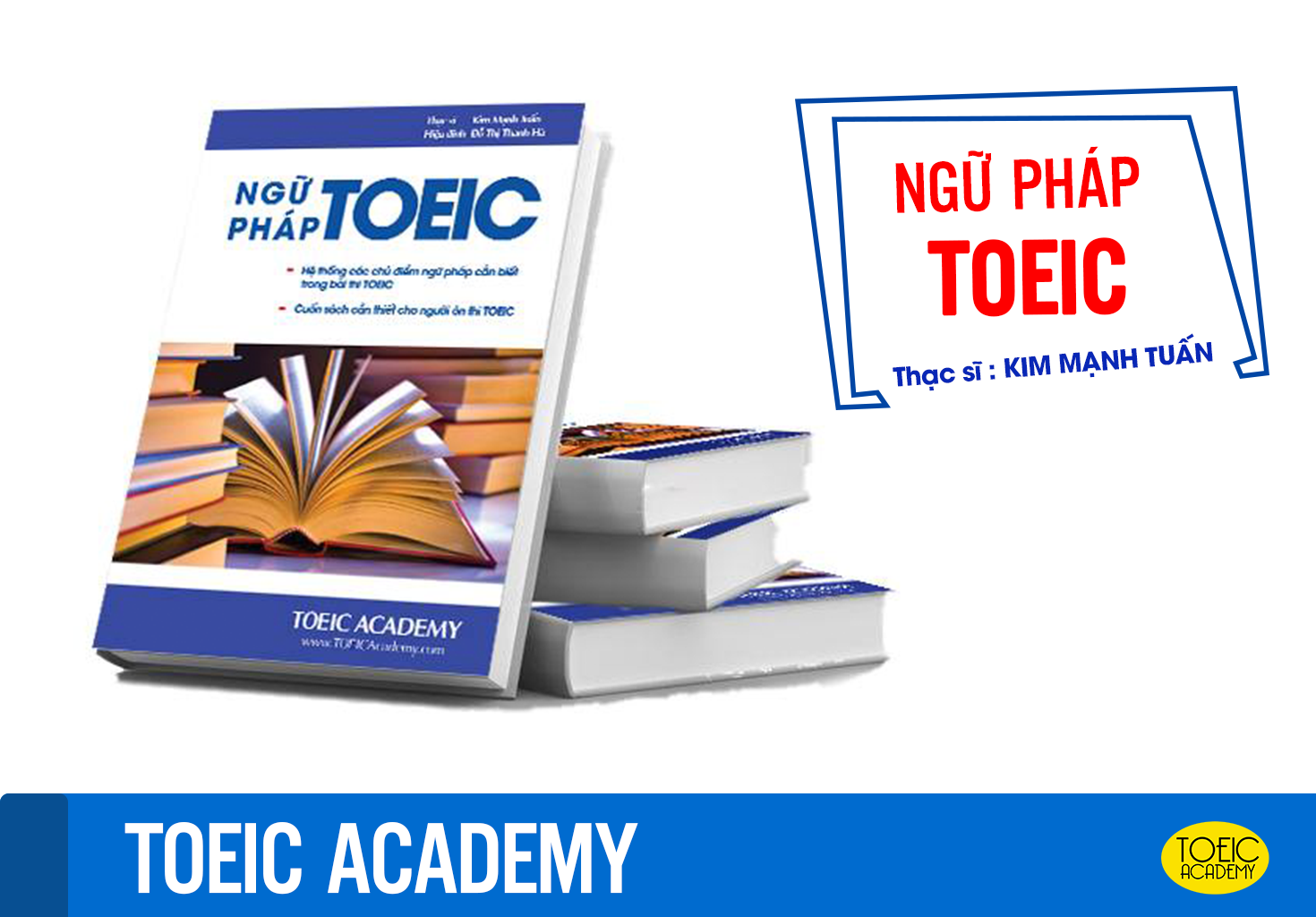

 Posted in
Posted in 





















Comments